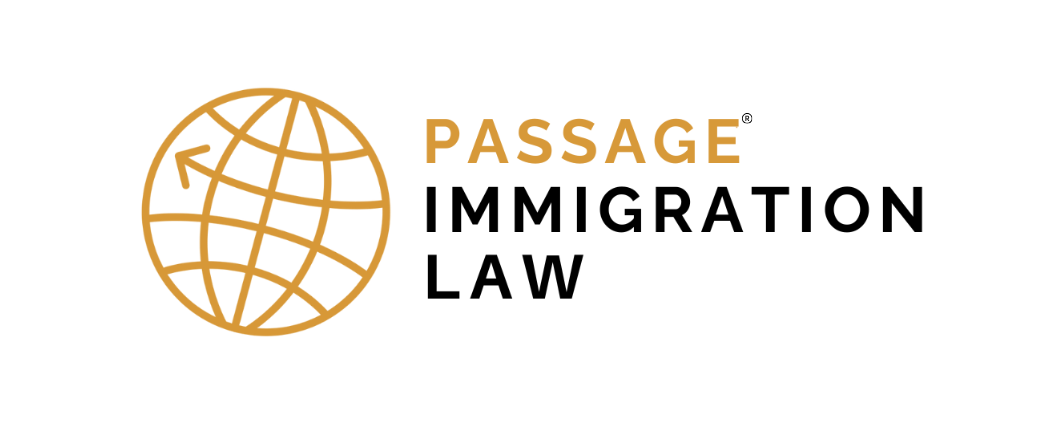What is Form I-9 (employment eligibility verification)?
I-9 is a form that all U.S. employers must use for verifying the identity and employment authorization of each individual hired for employment in the U.S. Form I-9 should be completed regardless of whether the employee is a U.S. citizen or not. However, Form I-9 is not required for independent contractors or any persons employed for casual domestic work in a private home on a sporadic, irregular or intermittent basis. The form will ask the employee to attest his or her employment authorization status by indicating whether he or she is a U.S. citizen, U.S. national, lawful permanent resident, or otherwise authorized to work. The employer will then examine the documents that the employee provides as evidence. Form I-9 provides a detailed list of acceptable documents, such as a U.S. passport, permanent resident card, employment authorization card, or a combination of an ID card such as a U.S. driver’s license with other specific documents. It is very important for the U.S. employer to carefully review the list provided on the Form I-9 and examine the documents presented by the employee to determine whether they match the information the employee provided. Employees must present original documents and photocopies are not accepted.
Where can I find a copy of Form I-9?
Form I-9 and its instructions can be obtained from the USCIS website at www.uscis.gov. USCIS periodically updates its forms, including the I-9. When a new version is issued, previous versions of the Form I-9 may no longer be valid. You can check the validity of the form with the expiration date printed on the upper right corner of the form right under the OMB number. The form will also have its revision date on the lower left corner of each page. If you see an “N” next to the revision date, it means that all previous versions with earlier revision dates are no longer valid.
Where do I file a Form I-9?
Form I-9 does not need to be submitted to USCIS or any other immigration authorities unless you receive a notice of an I-9 inspection. Never mail Forms I-9 to USCIS or U.S. Immigration and Customs Enforcement (ICE). The employer can fulfill its obligations upon hiring an employee in the U.S. by completing an I-9 on time and ensuring that they are properly updated and retained for the required period. When a Form I-9 is required, the employee must complete Section 1 of the form no later than the first day of his or her paid work. The employee will then present the original documents as required. The employer must examine the documents and complete Section 3 of the form no later than three business days after the employee starts the work. All completed I-9s must be retained by the employer either for three years after the date of hire, or one year after the employee is no longer employed, whichever is longer.
Will I get inspected for my I-9?
Officials from the Department of Homeland Security, employees from the Immigrant and Employee Rights Section (IER) at the Department of Justice, and employees from the Department of Labor may investigate an employer’s I-9 compliance. Employers will generally receive a written Notice of Inspection (NOI), and will have at least three business days to produce the I-9 forms and other documents that are requested. It is possible that inspectors will visit the worksite directly without prior notice, but the employer is still entitled to the three business days before producing the I-9s to the inspectors. If violations are found during the inspection, the employer may be subject to civil fines, criminal penalties, and/or debarment by ICE, meaning that the employer will be prevented from receiving future federal contracts and other government benefits.
Are there any other immigration related audits or inspections?
USCIS may conduct an administrative site visit and verification on certain employment related visa petitions. Petitions most commonly subject to such site visits are for religious workers, H-1B visas, and L-1 visas. If selected, a Fraud Detection and National Security (FDNS) officer may make an unannounced visit to the work site to collect information as part of a compliance review. Unlike I-9 audits, participation in the USCIS administrative site visit is voluntary and the petitioner or beneficiary may refuse to participate at any point. However, the officer may continue to follow-up by phone or email and will report its finding to the USCIS. Depending on the evidence, the FDNS officer may refer the case to U.S. Immigration and Customs Enforcement (ICE).
For H-1B visa employers, it is also possible to get an audit from the U.S. Department of Labor. Such audits are conducted by the Wage and Hour Division (WHD) of the DOL, and will examine the employer’s public access file and its compliance with the terms on the Labor Condition Application (LCA). WHD can only initiate an H-1B audit based on specific circumstances, such as receiving a complaint from an aggrieved person, and may not conduct a random audit without a proper cause permitted by law. If violations are found as a result of an H-1B audit by the DOL, employers may be subject to civil money penalties and/or debarment from the H-1B and other immigrant programs for a period of at least one year.
